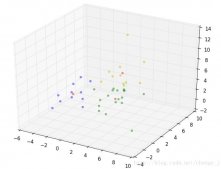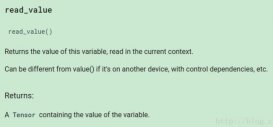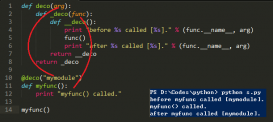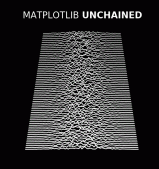其实本来是要reverse一下list的,就去查了一下list[::-1]是什么意思,发现还有很多要注意的地方,所以就记一下。
主要是参照https://docs.python.org/3/library/stdtypes.html?highlight=list#list
首先Sequence type有三种
- list
- tuple
- range
slice
[i:j:k]表示的是slice of s from i to j with step k, 对三种类型都有用
|
1
2
3
4
5
6
7
8
9
|
>>> a = [1, 2, 3]>>> a[::-1][3, 2, 1]>>> a = (1, 2, 3)>>> a[::-1](3, 2, 1)>>> a = range(3)>>> a[::-1]range(2, -1, -1) |
range中参数是range(start, stop[, step])
initialize a list
s * n表示的是n shallow copies of s concatenated
注意是浅拷贝哦,所以会有如下情况
|
1
2
3
4
5
6
|
>>> lists = [[]] * 3>>> lists[[], [], []]>>> lists[0].append(3)>>> lists[[3], [3], [3]] |
如果元素不是对象的话就没关系
|
1
2
3
4
5
6
|
>>> lists = [0] * 3>>> lists[0, 0, 0]>>> lists[0] = 1>>> lists[1, 0, 0] |
正确的初始化嵌套list的方法应该是
|
1
2
3
4
5
6
|
>>> lists = [[] for i in range(3)]>>> lists[0].append(3)>>> lists[1].append(5)>>> lists[2].append(7)>>> lists[[3], [5], [7]] |
concatenation pitfall
(感觉还是英文说的清楚些,这一点跟Java是一样的)
Concatenating immutable sequences always results in a new object. This means that building up a sequence by repeated concatenation will have a quadratic runtime cost in the total sequence length. To get a linear runtime cost, you must switch to one of the alternatives below:












